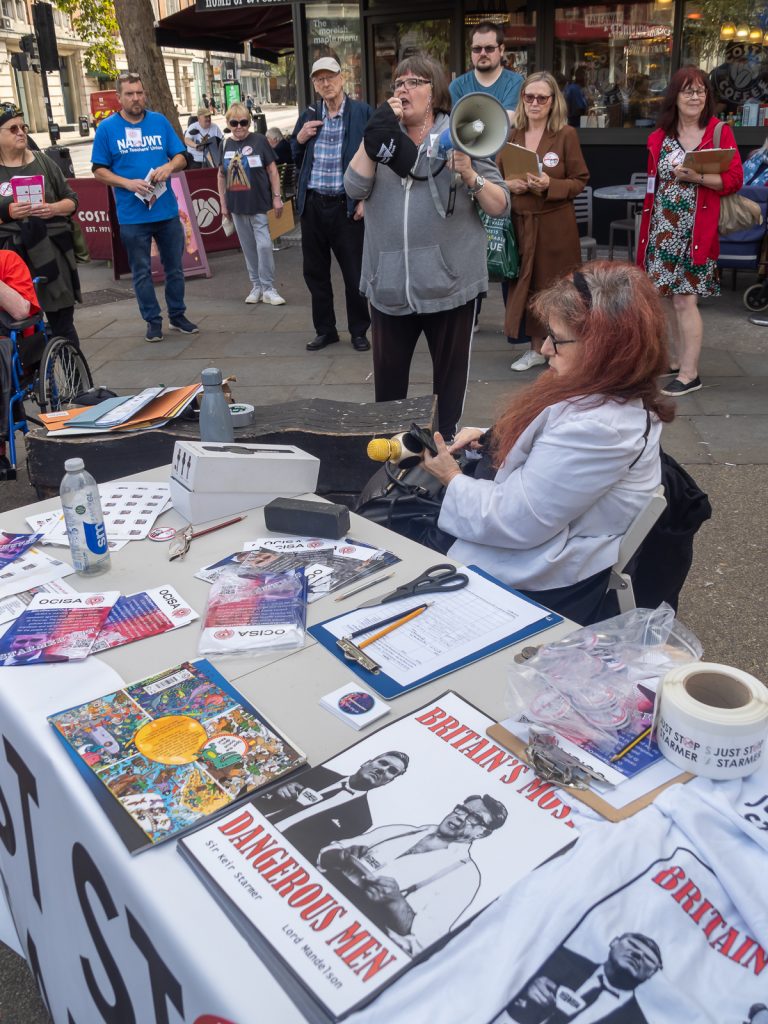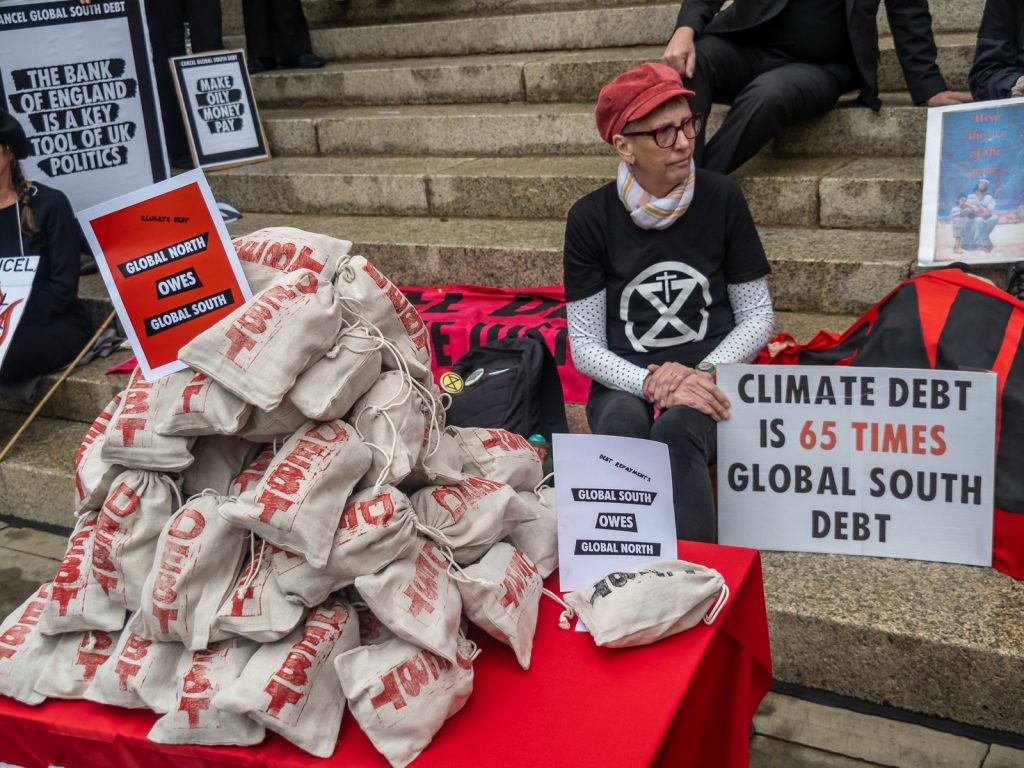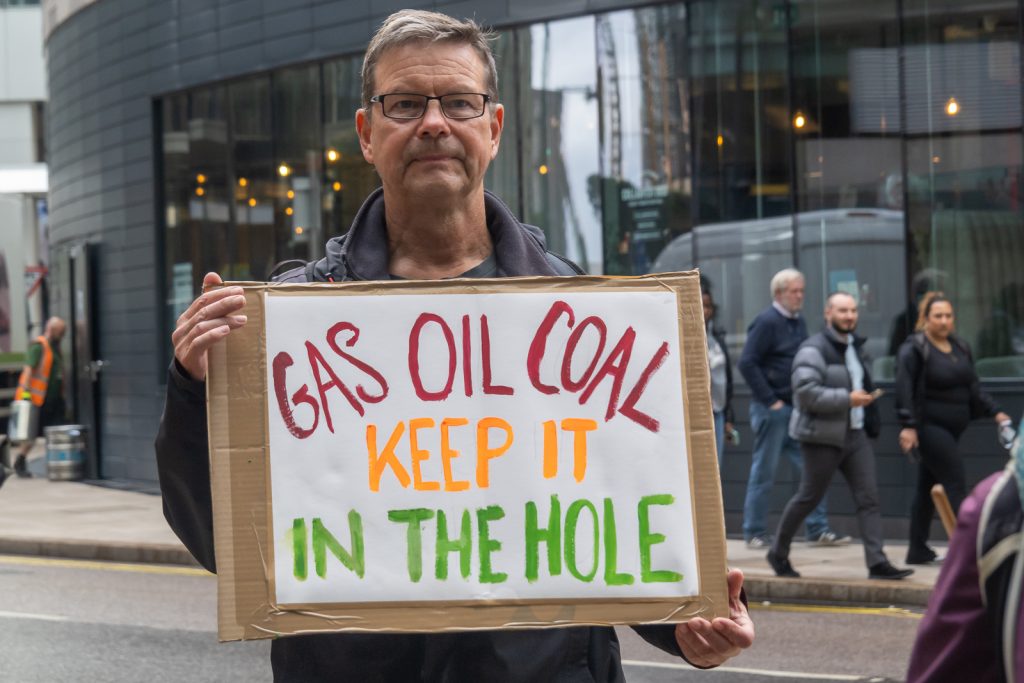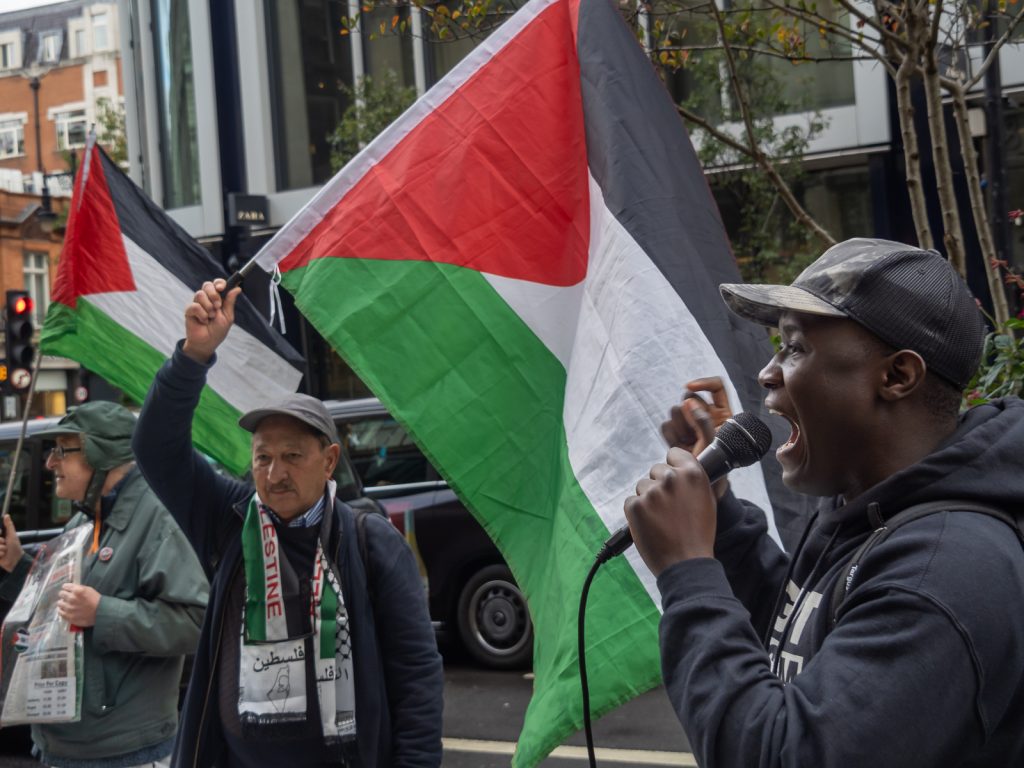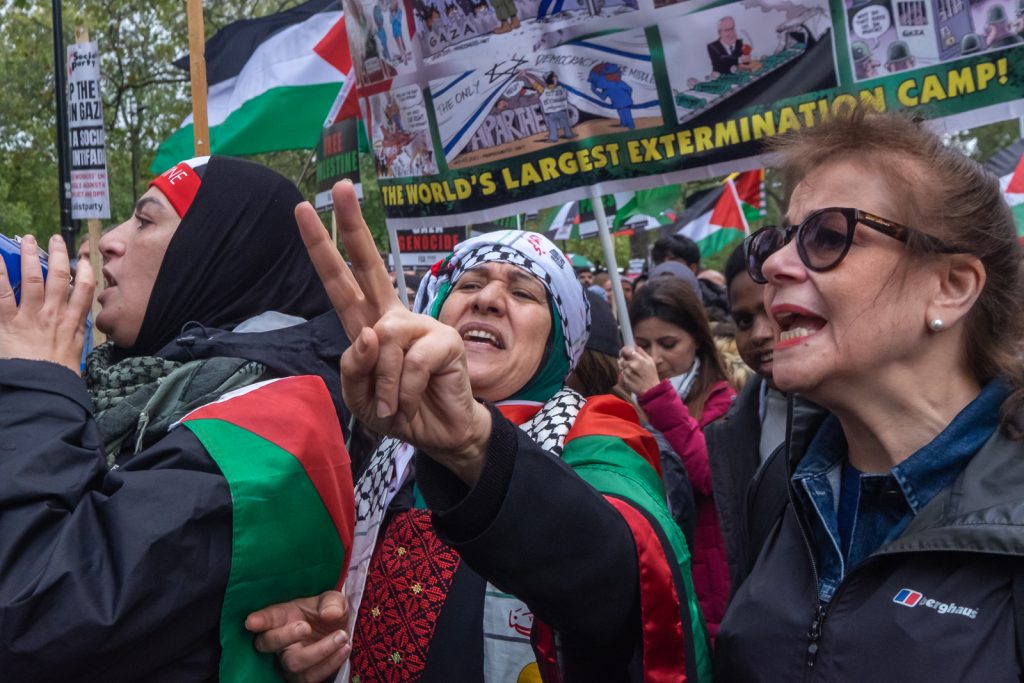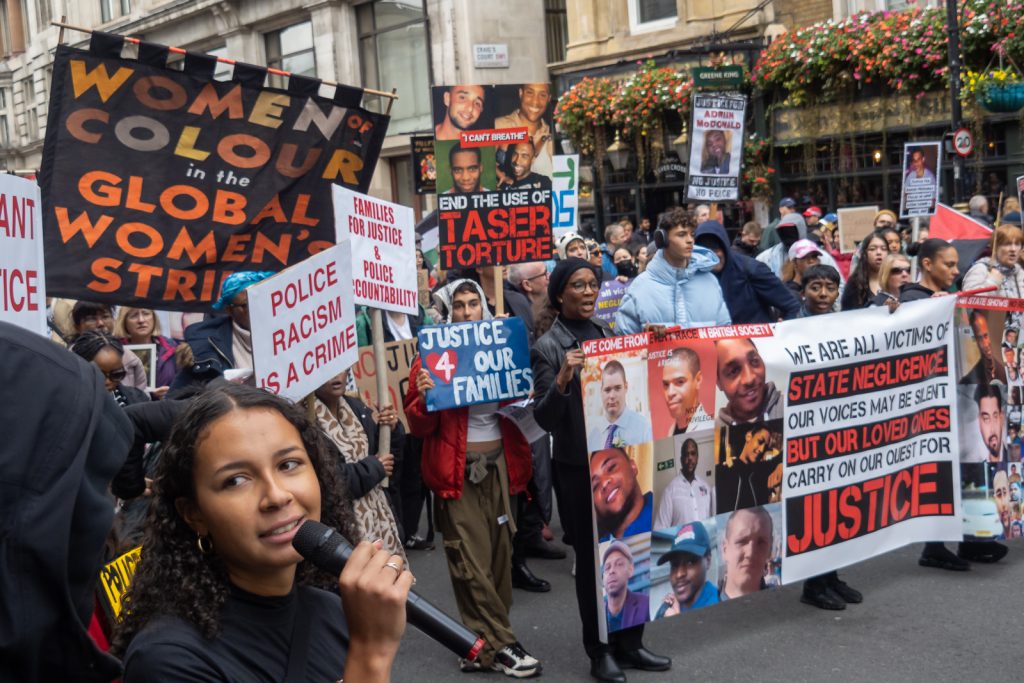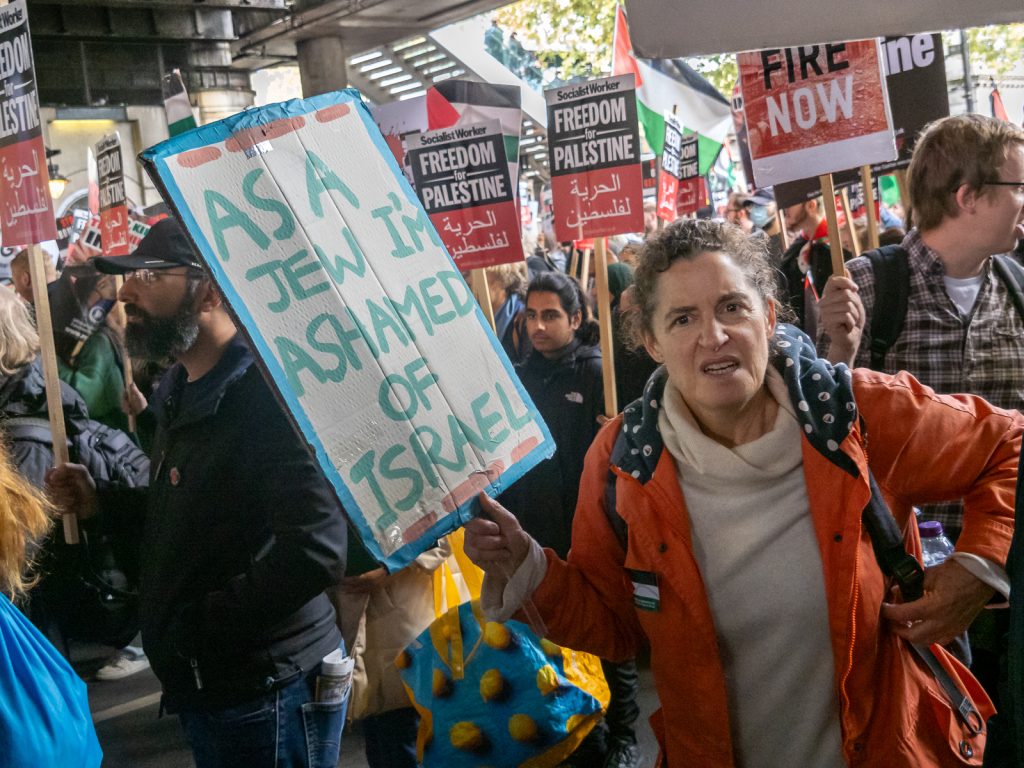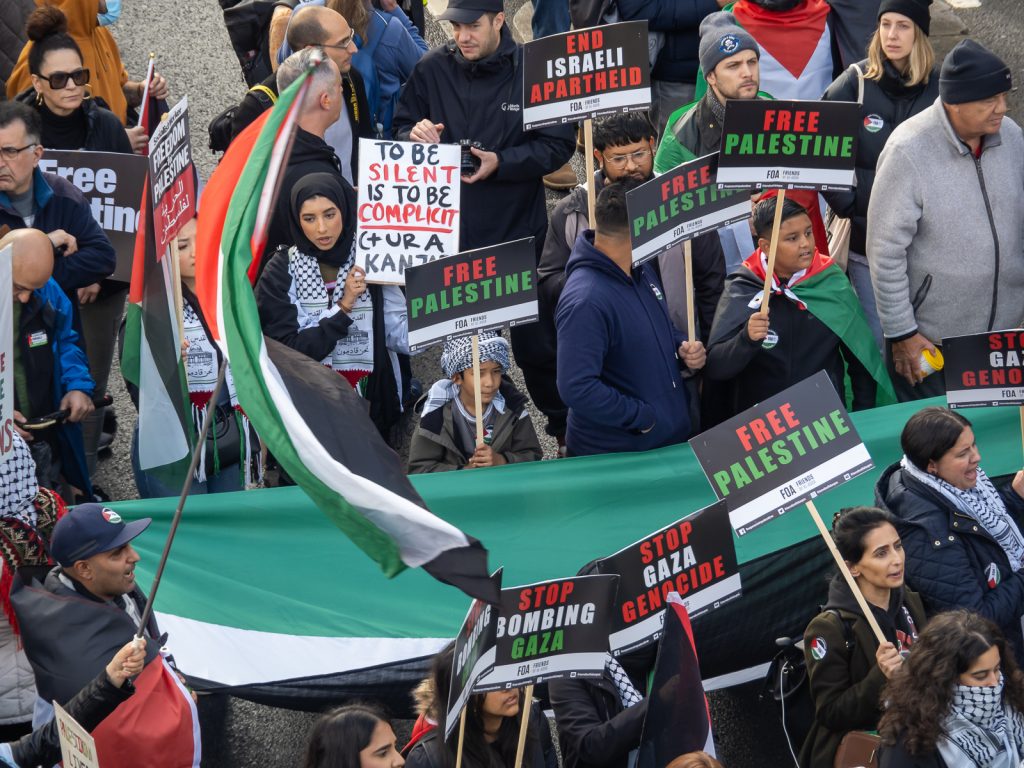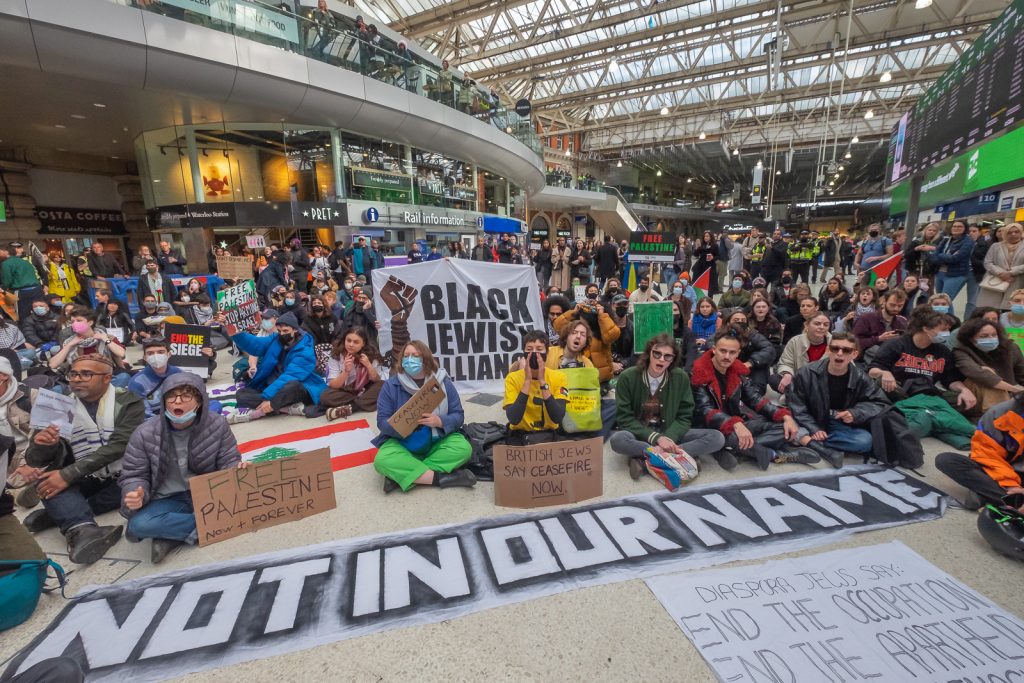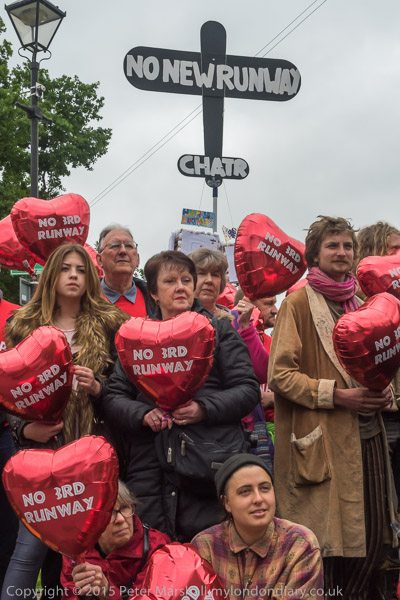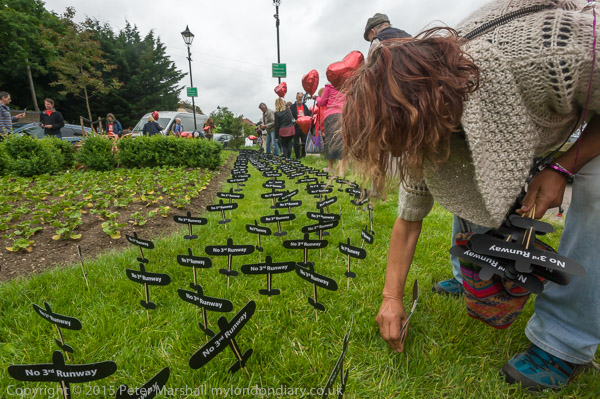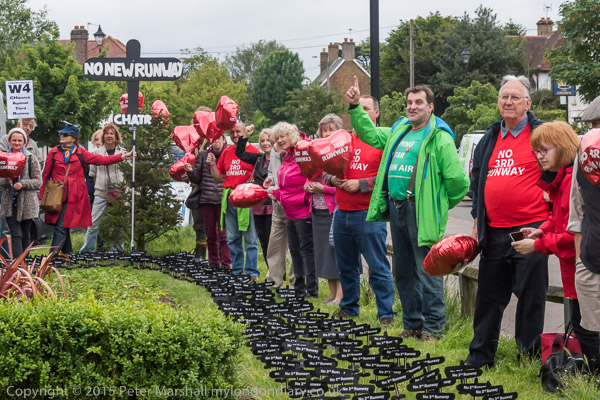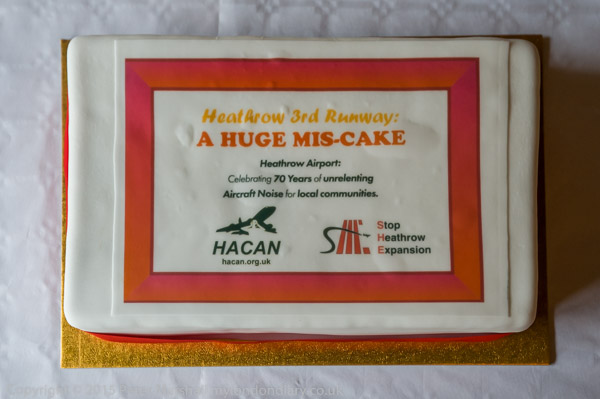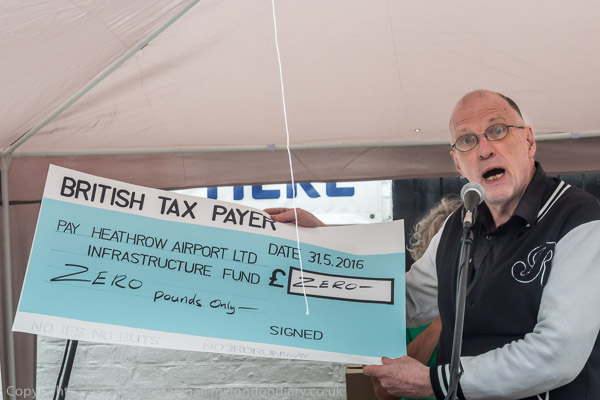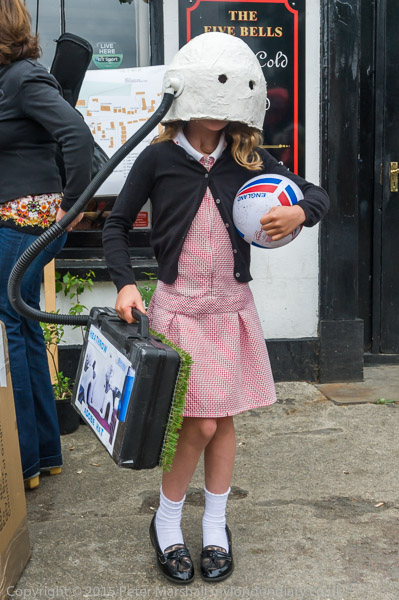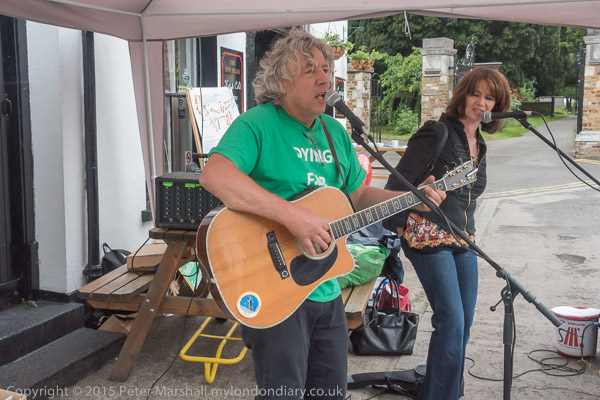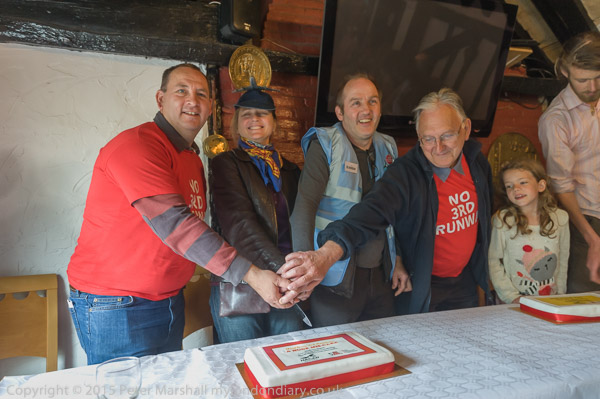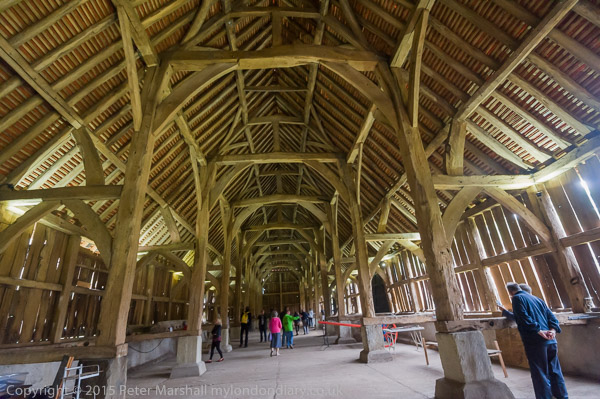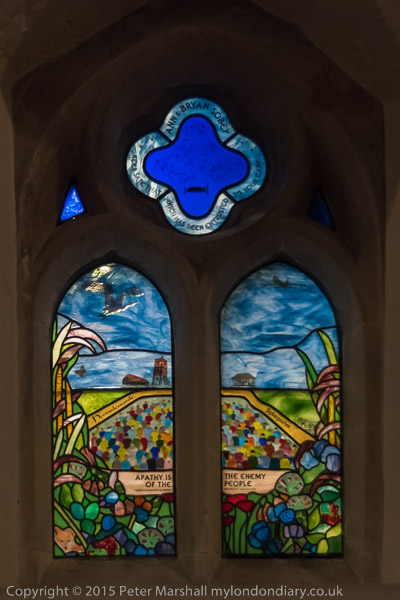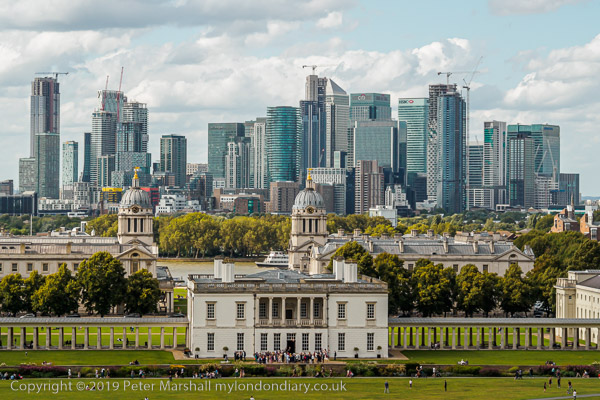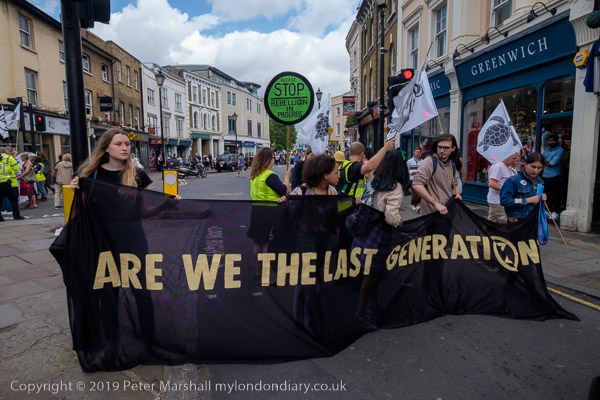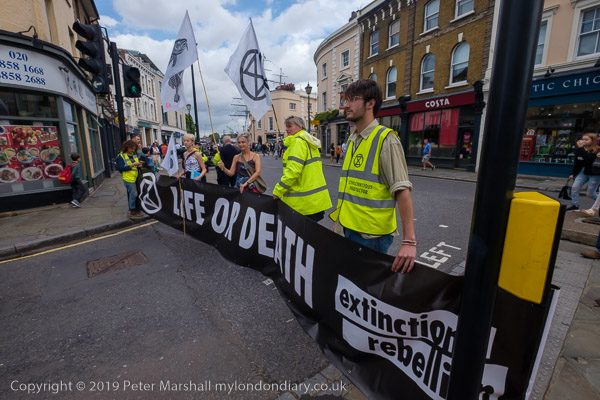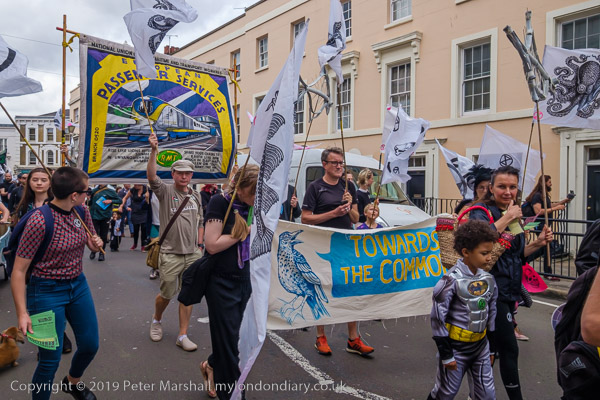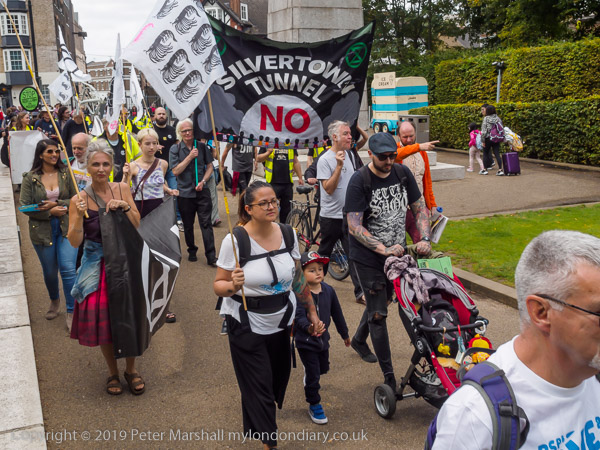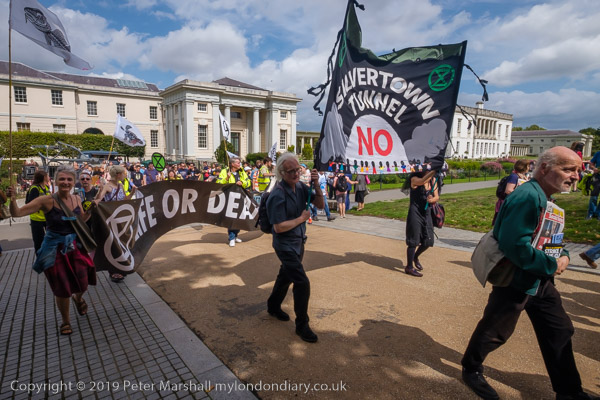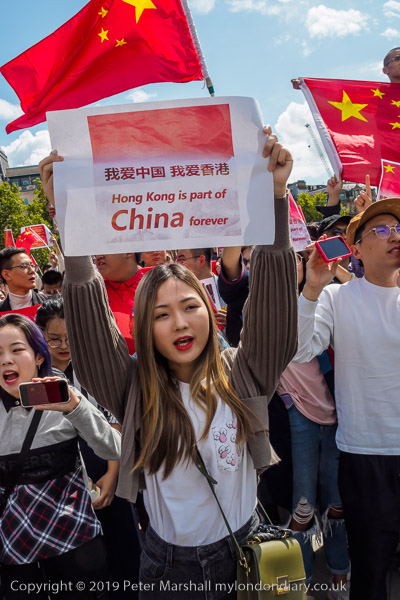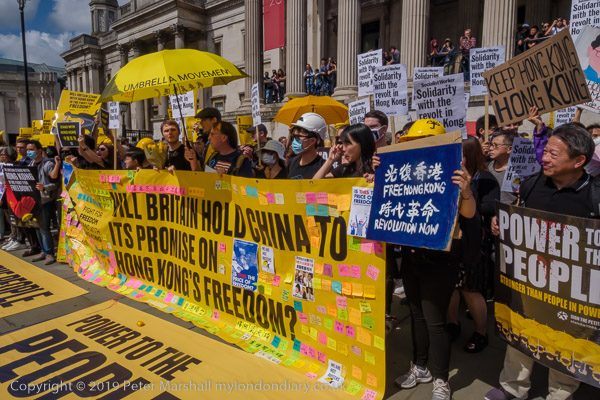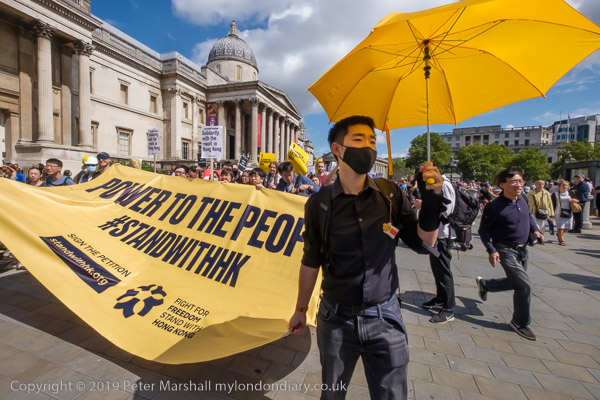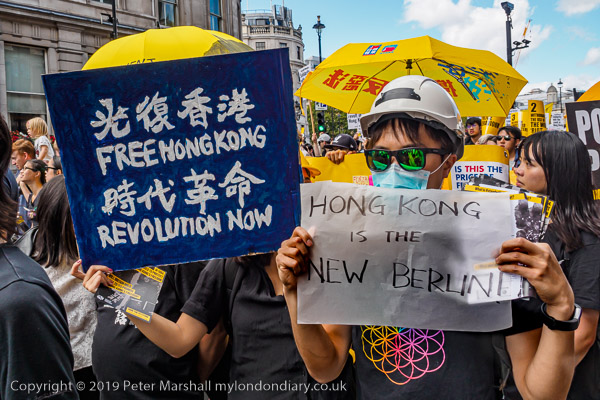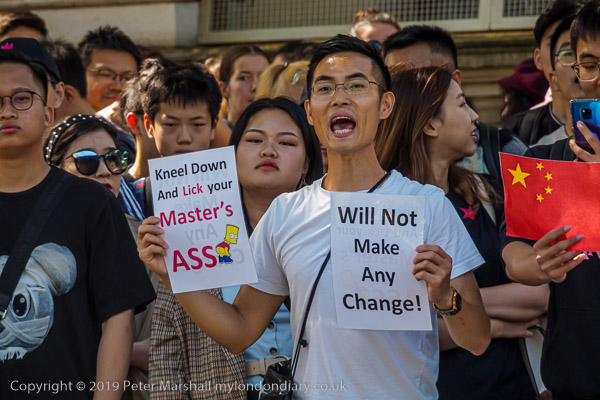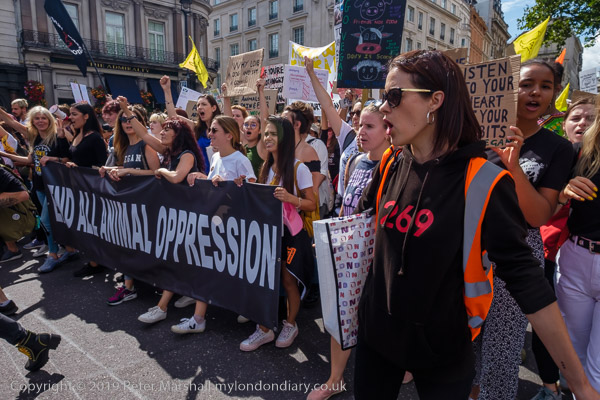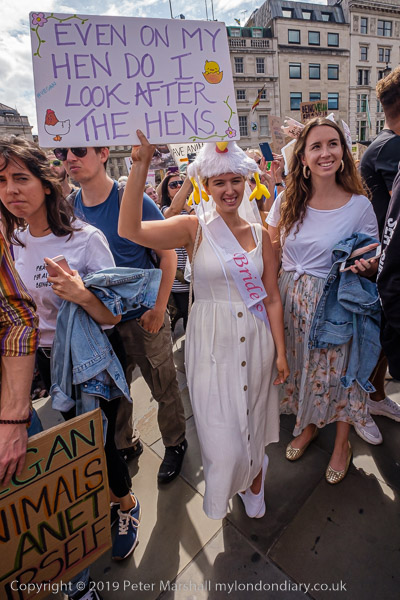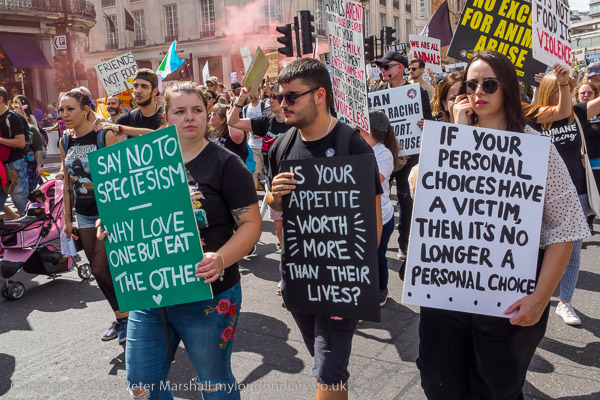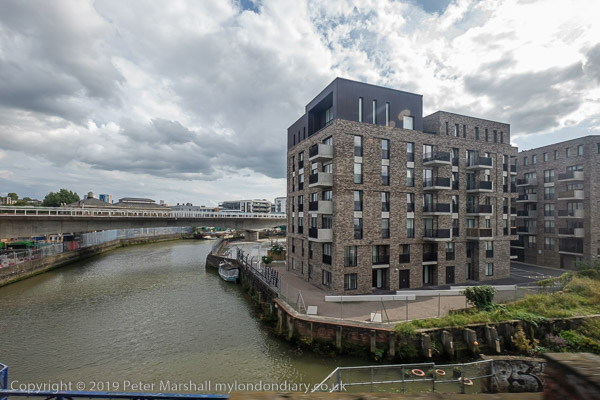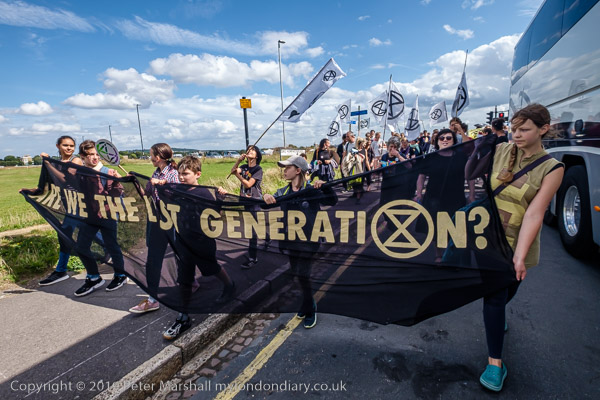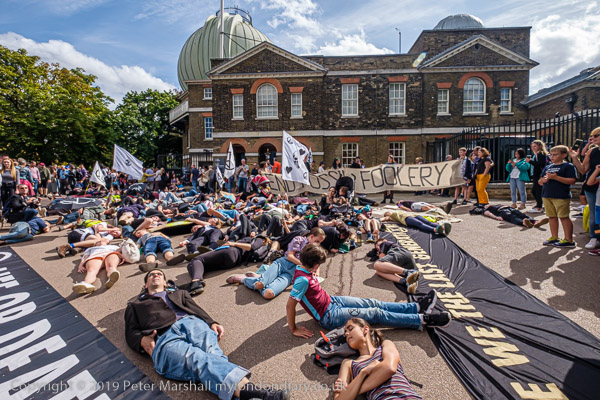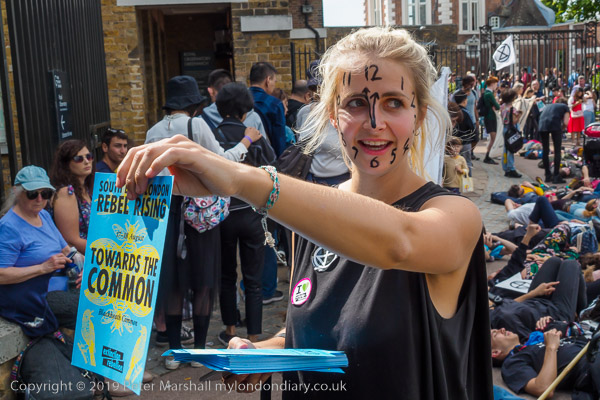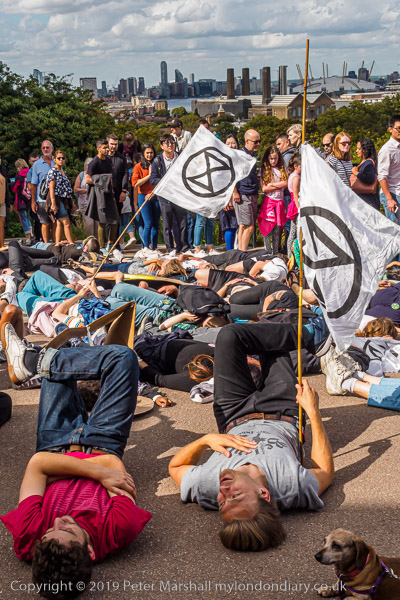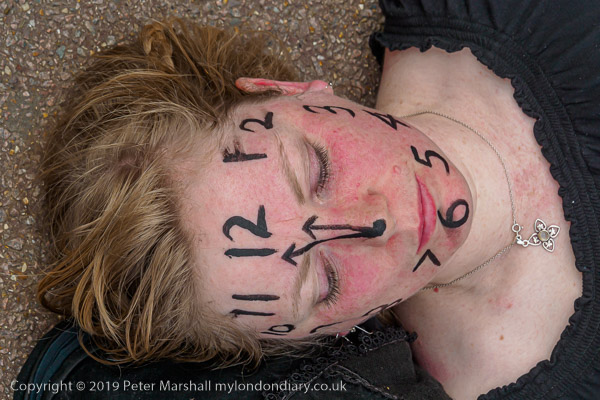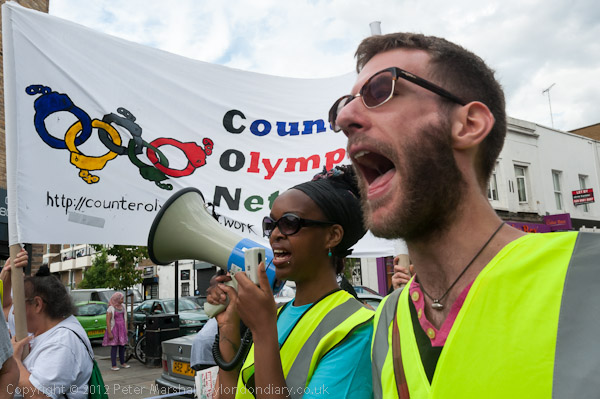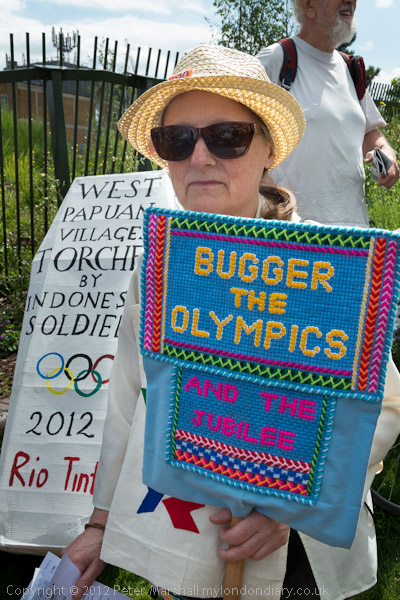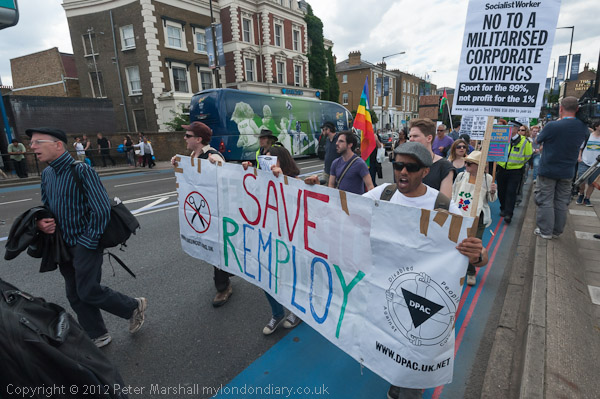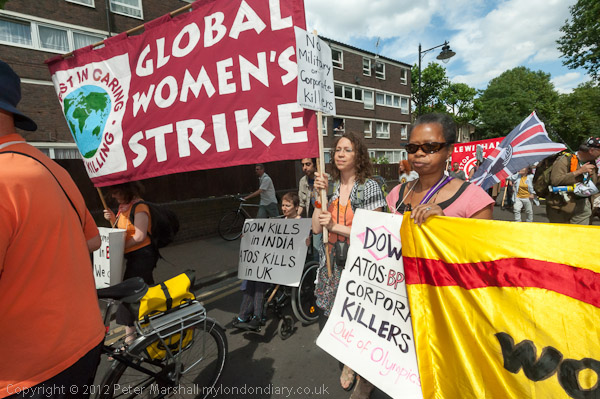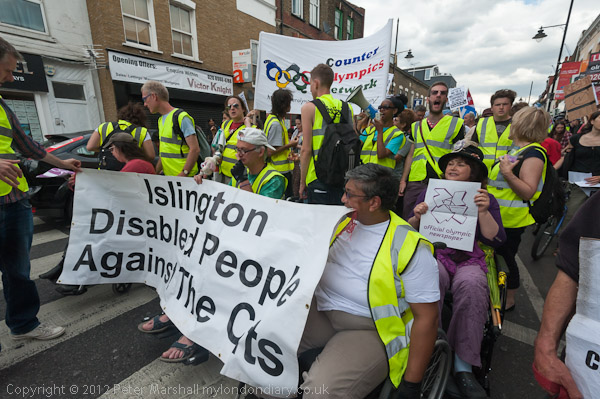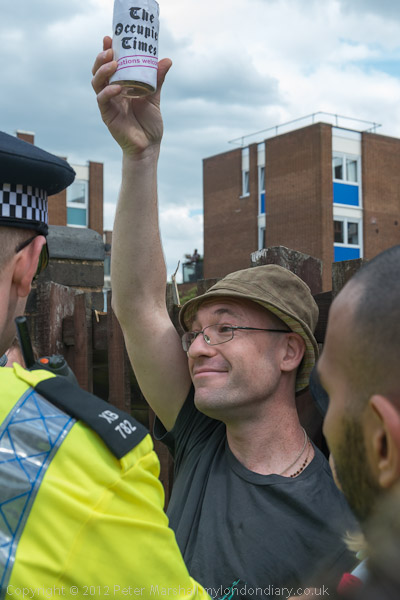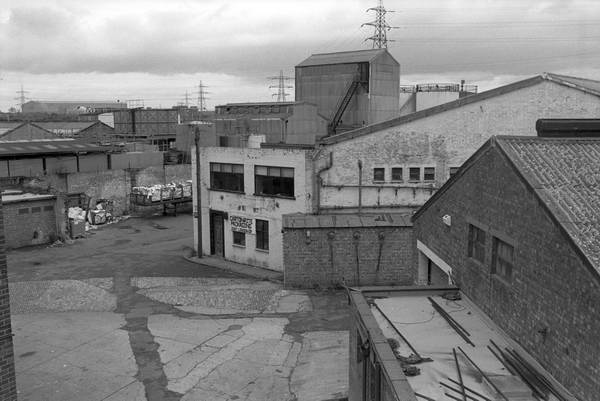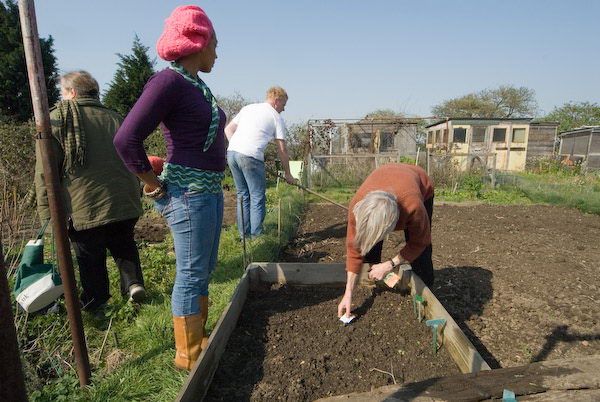Pension Justice, Ethiopian Tyrant & Rioters United: Three very different protests on Wednesday 31st March 2010.
Ford/Visteon Workers March For Pension Justice
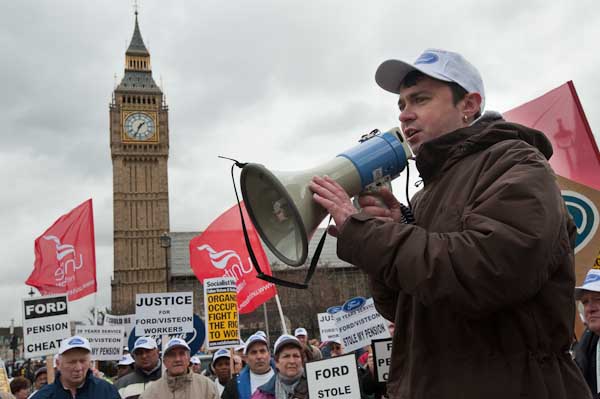
Former Ford workers who had been transferred to parts manufactuer Visteon, ‘An Enterprise of Ford Motor Company‘, in 2000 and had lost up to half of their pensions when Visteon went into administration and its UK plants were closed in 2009 marched through London from the Unite offices in Holborn to a rally outside Parliament.
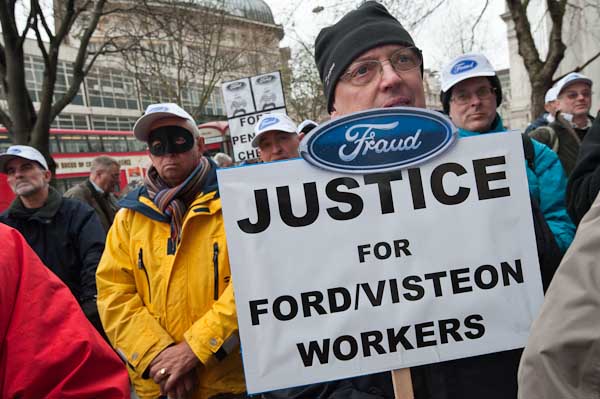
Many who came had worked at Swansea and there were others from the Belfast plant as well as from the North London factory in Enfield where I had gone in April 2009 to photograph the factory occupation and its end following a court order.

The occupation by the workers had failed in their efforts to keep the factory open and prevent administrators KPMG from gutting the factory and selling its high-tech machinery to China. But the fight to get back their stolen pensions continued,


When the workers were transferred from Ford to Visteon they were given a ‘cast-iron’ guarantee by Ford and Visteon that their working conditions and pensions would be protected – and the only change in the book governing these was in the colour and logo of the cover – from blue to tangerine.

But when Visteon went into administration the factories and the 3,000 employees lost their jobs, adminstrators KPMG had no interest in the workers and Ford reneged on their promises. The former employees had to rely on the much less generous terms of the government Pensions Protection Fund. Their union, Unite, supported them in the long fight for justice that ensued – including this rally – as did others from the trade union movement and a long list of MPs. They demanded Ford meet its pension obligations of £350 millions to its former employees.
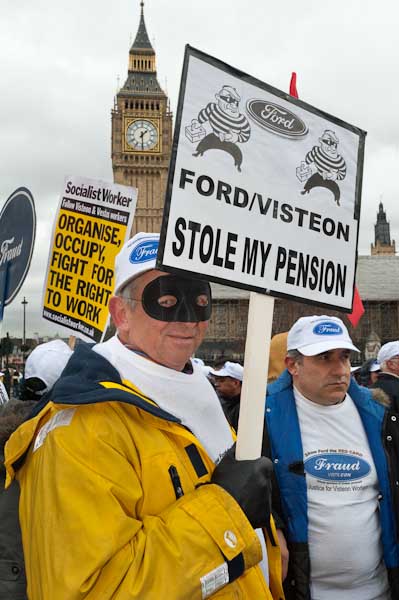
The fight by Unite continued and even got some support from the coalition governments Minister for Pensions Steve Webb (Lib-Dem). It took until April 2014 before Ford eventually came to a settlement with Unite covering around 1,200 ex-Ford workers. Even PM David Cameron praised “all those who played a role” in the fight.
Much more about the event and more pictures on My London Diary
Ford/Visteon March For Pension Justice
Ethiopians Protest Bloodthirsty Tyrant
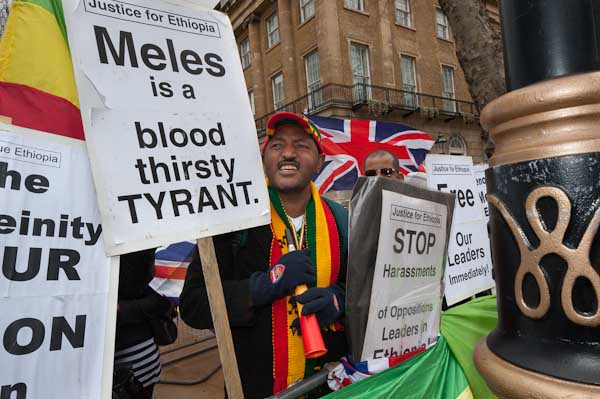
Ethiopians protested opposite Downing Street where Ethiopian Prime Minister Meles Zenawi was co-chairing the UN climate finance group.

He was the leader of the coalition of rebel groups, the Ethiopian People’s Revolutionary Democratic Front (EPRDF) which it took power in 1991, and has been Prime Minister since 1995, imposing what has become a one-party state, with many opposition politicians being imprisoned and press freedom being highly restricted with leading journalists being jailed for criticising Zenawi.
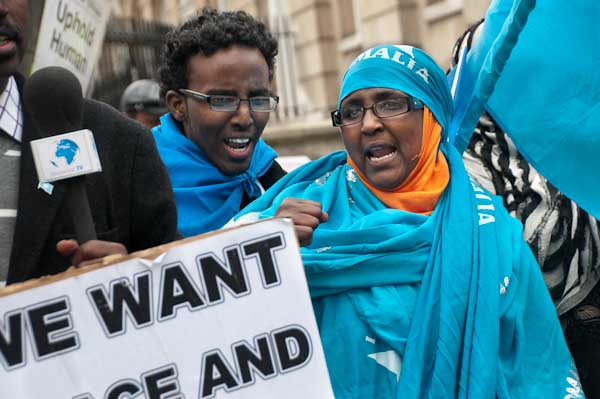
Human rights violations and corruption are rife in Ethiopia, and food aid, education and jobs all depend on membership of the ruling party. His opponents regard Zenawi as a bloodthirsty tyrant and call for him to be brought to trial at the ICC at The Hague on charges of genocide.
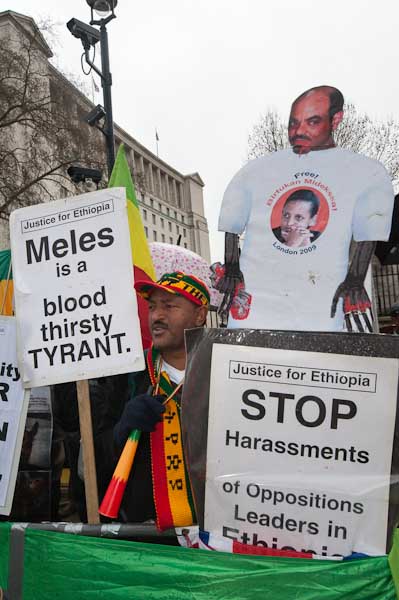
Human Rights Watch (HRW) have accused his regime of war crimes in the Somali regions of Ethiopia and against the Anauk communities in Gambella in 2003-4. Despite this, the Ethiopian government was the largest recipient of UK budget support in Africa, and the protesters called on the government to think again and withdraw support from the regime.
Ethiopians Protest Bloodthirsty Tyrant
Rioters United! 20 Years Since the Poll Tax Riots
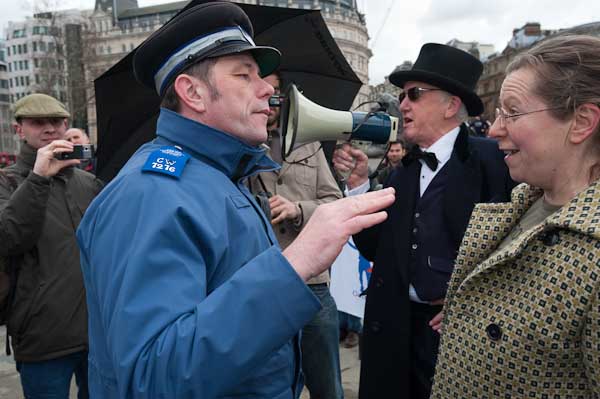
‘Rioters Re-United!’ returned to Trafalgar Square on the 20th anniversary of the Poll Tax Riots saying it was the London mob who brought Thatcher down and announcing an Anti-Election campaign to keep the mob in business and pronounce sentence on politicians.

Chris Knight, one of the leading figures behind last year’s April 1 demonstrations at Bank announced that the Four Horseman of the Apocalypse who led the marches there would this year on May Day be dragging our political leaders (in effigy at least) from their various HQs to stand trial at a people’s assembly in Parliament Square. Since the event is called ‘Carnival of Death’ I think we can take it that the sentence has already been passed, and as Knight reminded us, the only good politician, the only honest politician is a dead politician.
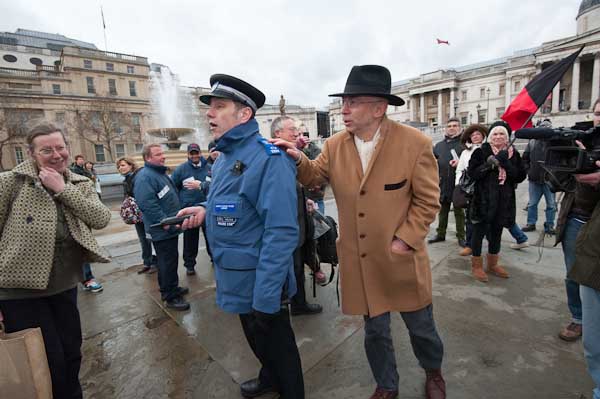
As I commented “no party leader will actually be hanged, and the police should not make the mistake they made last year at Bank of confusing the rhetoric with reality, which led to their ridiculous over-reaction, with squads of riot police psyched up to batter largely innocent and joyful protesters – and the death of a bystander. “

A PSCO was called on by the Heritage Wardens to tell the 30 or so former rioters that they were not allowed to hold protests or other events in Trafalgar Square without permission. Of course they simply laughed at him, and continued even after a dozen police officers he had phoned for support arrived and stood around watching. “Fortunately they had enough sense not to try and stop the commemoration, which ended after around 30 minutes when the organisers decided it was time to go down the pub.”

Of course politics and parliament carried on regardless. The turnout at our general elections is low, with the Institute for Public Policy Research finding that only 52% of the UK adult population bothered to vote in 2024, considerably less than the official turnout of 60% which only counts those who have registered as voters. Starmer was brought to power in a landslide by roughly a third of a half of us – if the PPR is correct, around 17%. The real winners in the 2024 vote were those who didn’t bother at 48%,

The Tories had brought in the voter ID law in the hope that this would result in more Labour voters being unable to register their votes. It probably did – but this was not enough to save them after their obvious and dramatic failures in government under May, Johnson, the brief but disatrous Truss and Sunak. Labour have failed to repeal this law, and are currently emulating the Tories in losing support. If they continue their current policies it seems likely that even fewer will bother to vote at the next general election – and the next election will see the landslide continue to put Labour on the sidelines with the Tories.
Rioters United! celebrate Poll Tax Riots
Flickr – Facebook – My London Diary – Hull Photos – Lea Valley – Paris
London’s Industrial Heritage – London Photos
All photographs on this page are copyright © Peter Marshall.
Contact me to buy prints or licence to reproduce.
